Sound and movement are inviting ways to help people make the transition into circle, to shift the group energy, to add play and pleasure, and to honour cultural traditions. In follow-up to her article on circle in African dance, Diane “Thembi” Jordan shares some thoughts on how to use archetypal dance practices in circle, in ways that do not culturally appropriate from African Dance traditions. It is with deep appreciation and respect of Indigenous cultures that we hold the intention to broaden and include other traditional practices into circle rather than exclude them. Ritual dancers regularly invite visitors and guests to join in a dance and it is with this intention that we invite circle participants to experience the freedom of rhythm and spirit that dance offers.
Use African dance and drumming practices when there is an intention to bring people of African decent to Circle.
Open the use of African dance and drumming by inviting or asking permission to use this practice. In many African cultures, permission to begin is asked of the eldest person to revere the elder’s status. Asking such permission from the group (aka collective decision making) to go forward is a way to pay homage to traditional African practice and will be familiar to some and appreciated by others.
Ask if there is anyone of African decent in the Circle. If so, formally invite them to participate. Welcome them if they choose.
Set the intention of the circle and invite participants to participate in the opening ritual. Invite participants to stand, take a deep breath, and center themselves in the present. It is important that the circle convener models the way.
Invite someone to use a percussion instrument—drum, drum sticks, cymbals, triangle, gourd or tube rattles—to create a welcoming heartbeat rhythm to open the circle and create a sense of connection and belonging. Ask participants to let the rhythm take them to a place of peace. It is important to ease participants into the dance and then ease them back to the circle.
Invite participants to experience the sound as a ‘call’ and to create their own interactive response to what they ‘feel’ in the rhythm. It is sometimes helpful for an individual to close their eyes to feel ‘one’ with the music and not be inhibited or restrained in their response. There is no right or wrong response, just freedom to move and flow as they feel, freedom to connect, in purpose, and solidarity with others in the circle. Invite participants to emote with guttural sounds and noises, if they choose.
The person who starts the music/dance determines when it is time to end, being careful to ease participants back into the room.
Allow the check-in question to connect the dance to the Circle and purpose. Here are some examples to consider:
… To open our awareness, what might it look like when we appreciate archetypal dance and drum practices without appreciating the people and culture of origin? What might we learn about that and take with us into the world?
… Why might this make someone feel uncomfortable?
…What Indigenous people and practices have you been exposed and how did this dance and drum opening connect you to that experience?
Diane “Thembi” Jordan, USA
While living in Liberia, Diane, affectionately known as Thembi, witnessed the military coup d’état, served as a midwife, owned a business, and volunteered with the World Health Organization’s Breast is Best Campaign. She embraced the African proverb: “It is not where you are but what you do there that matters,” and she has a passion to encourage anyone with a dream to believe their dream can come true.
These experiences inspired Diane to launch Thembi Speaks LLC to provide executive coaching, organization development and systems change, and to design and facilitate learning experiences that help individuals, small, and large groups to unlock their purpose, passion, and power to achieve desired results. Diane has a master’s degree in education and holds multiple certifications. She is a member of The Circle Way Board and uses the tools to facilitate conversations that matter.


